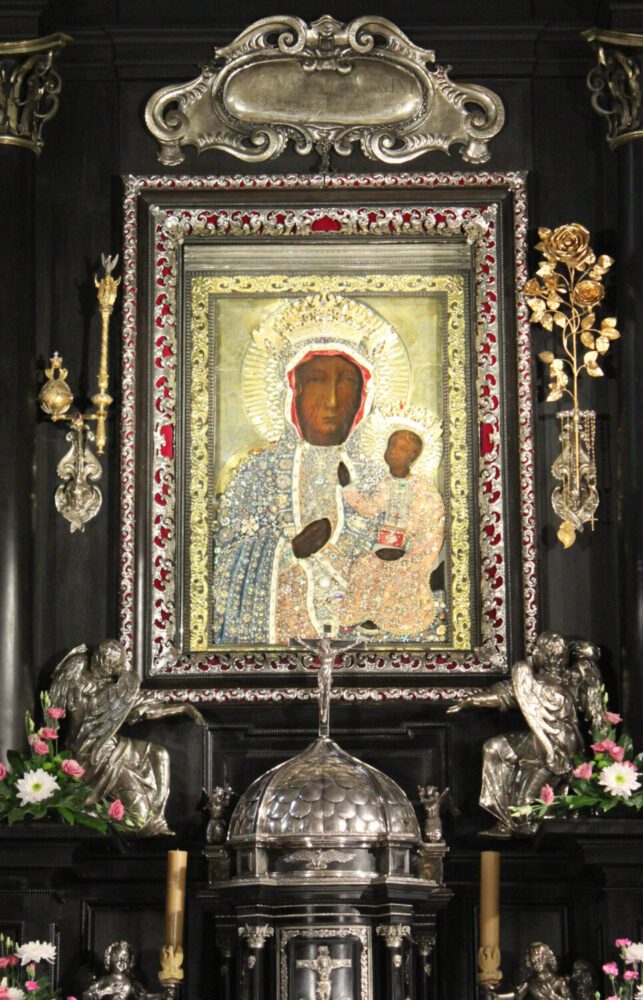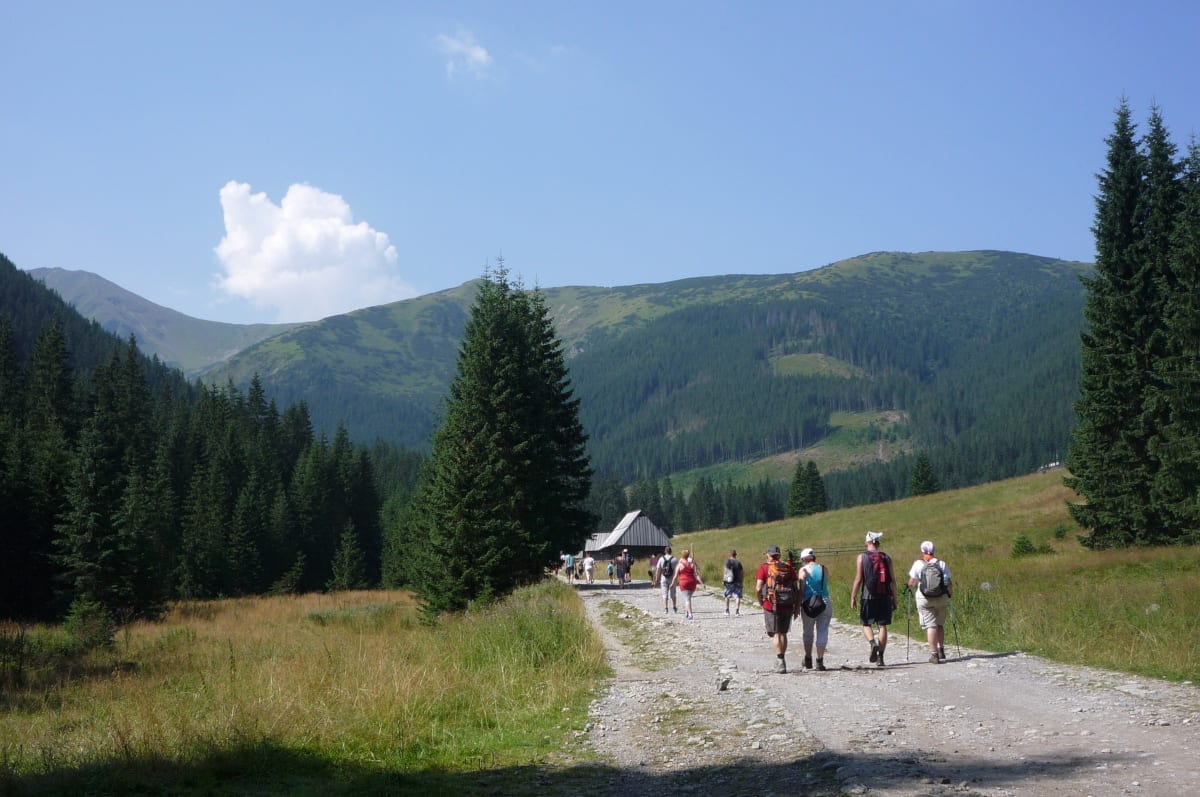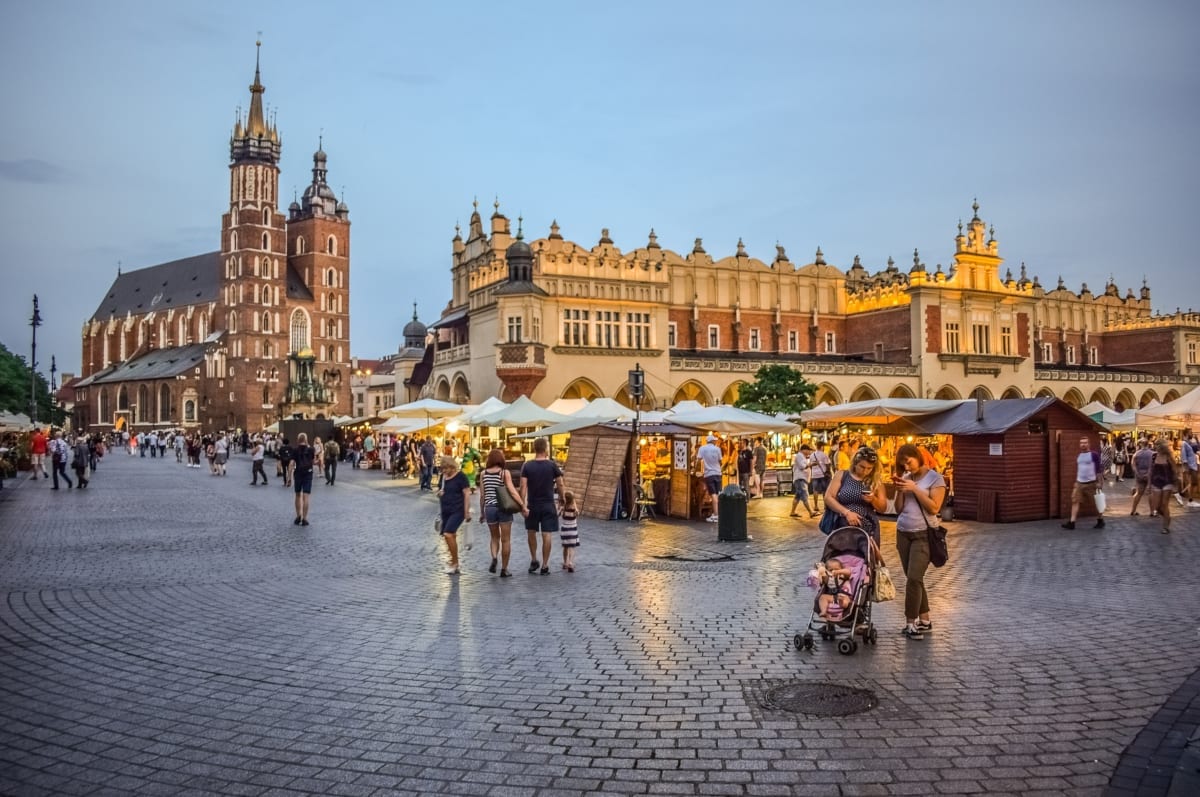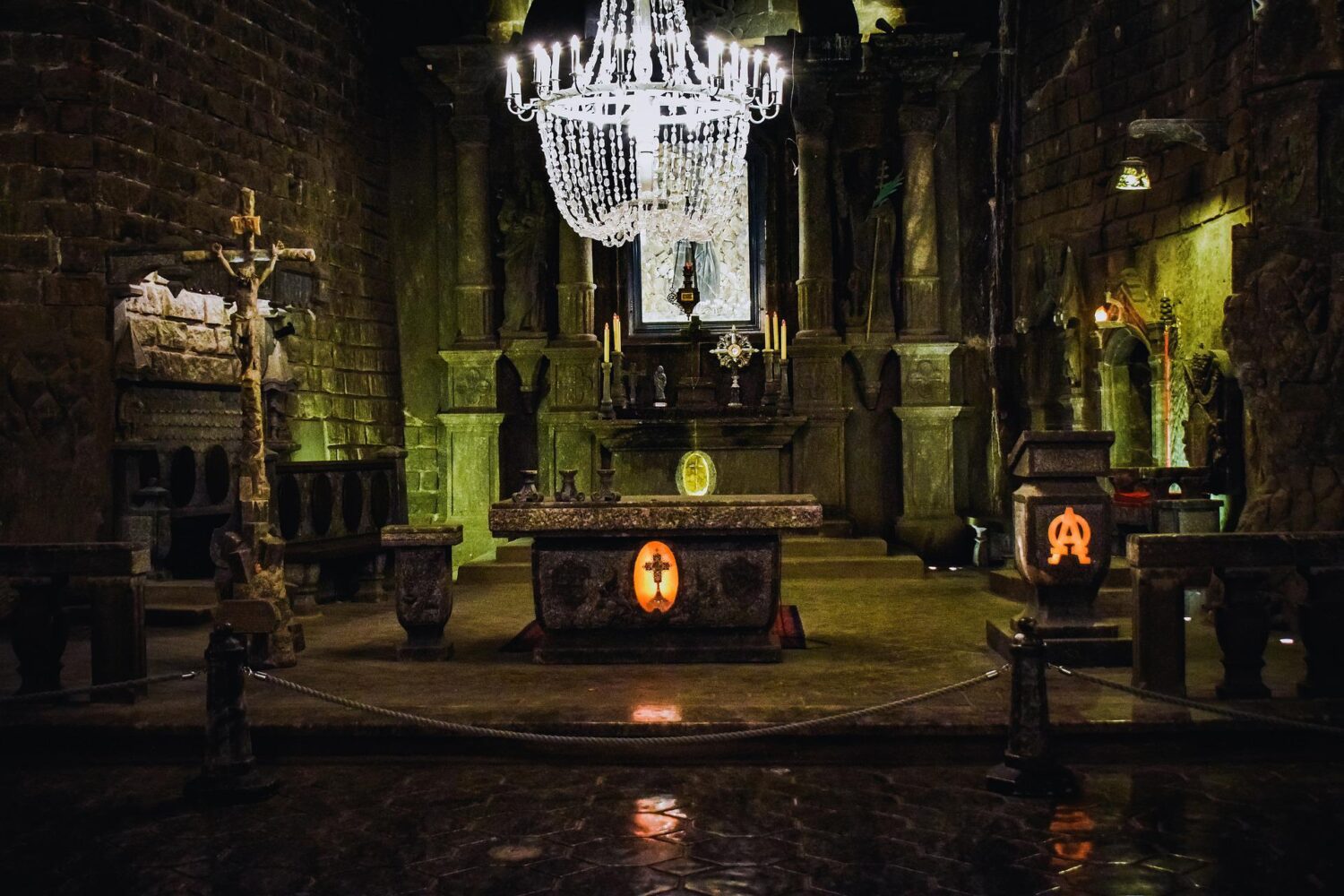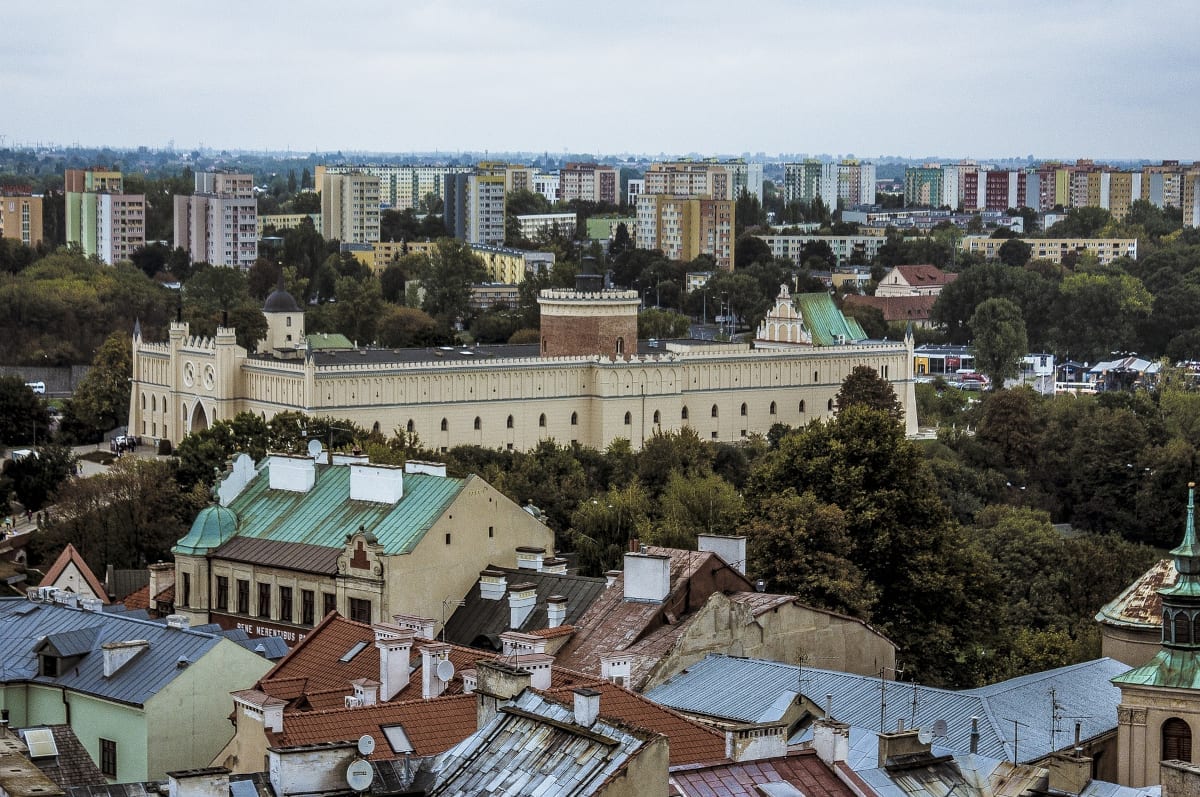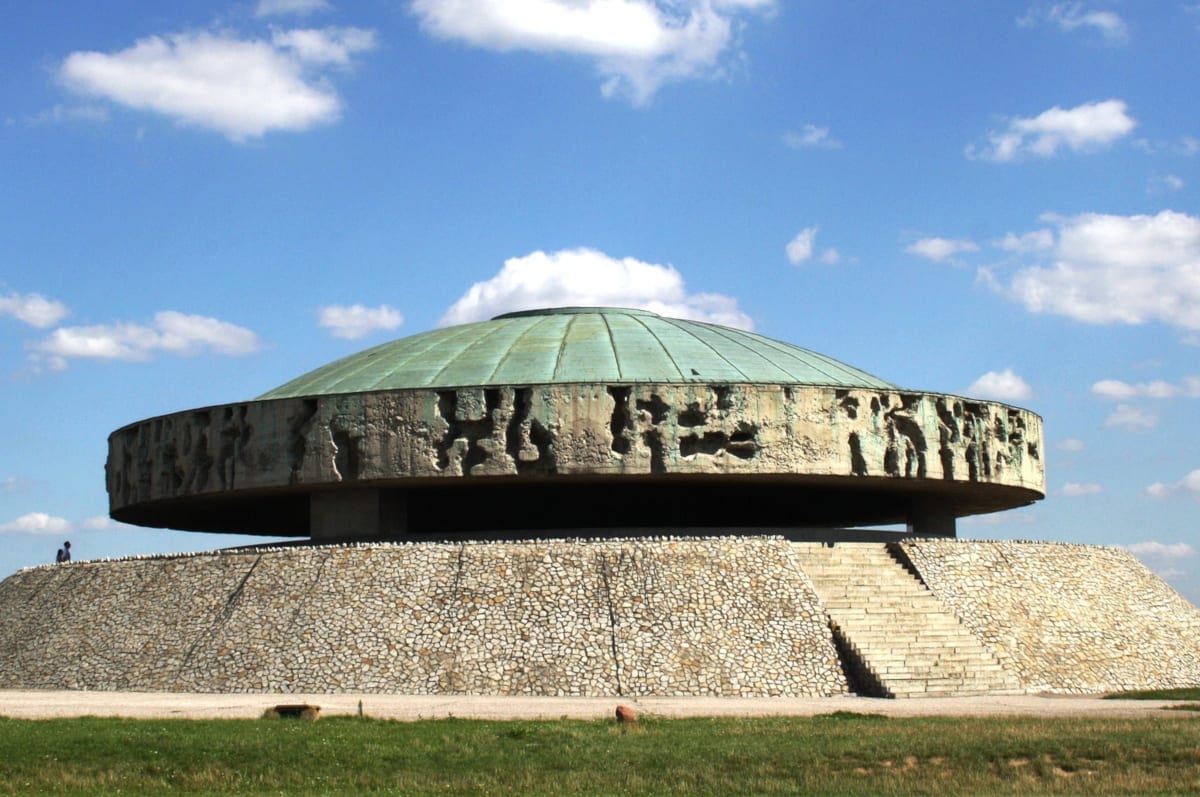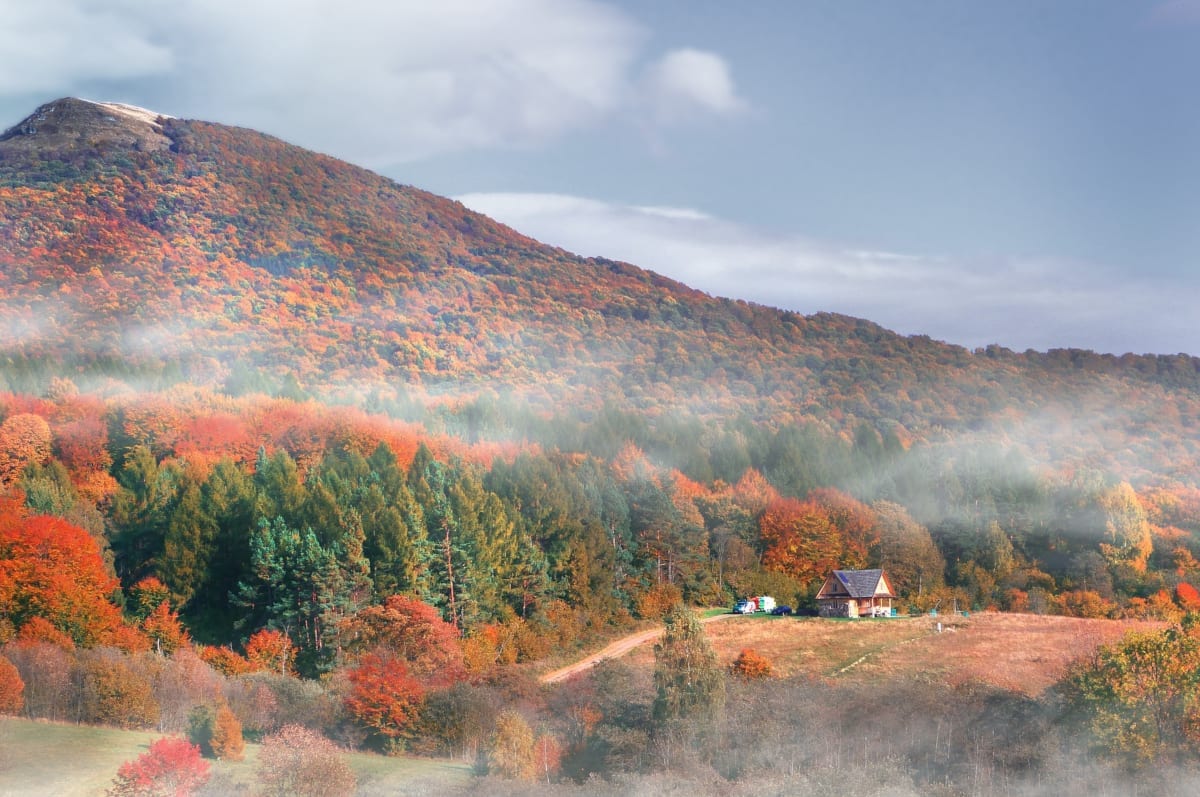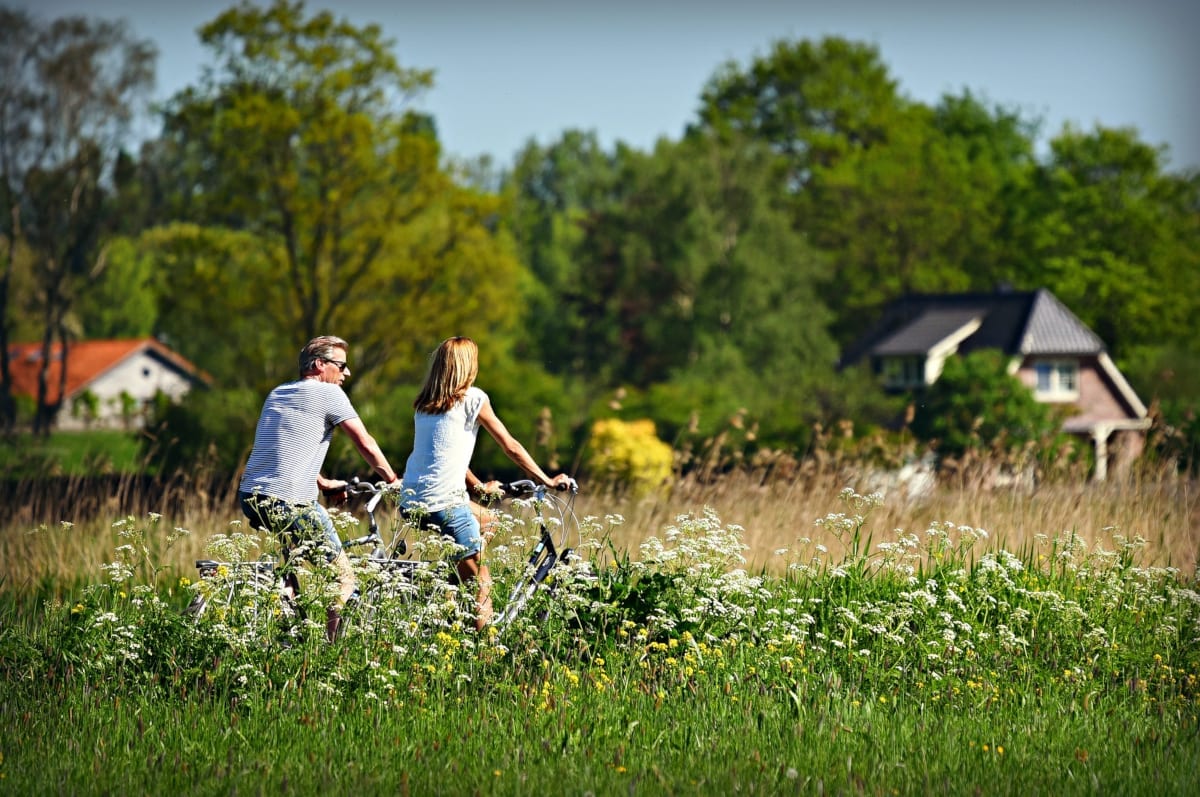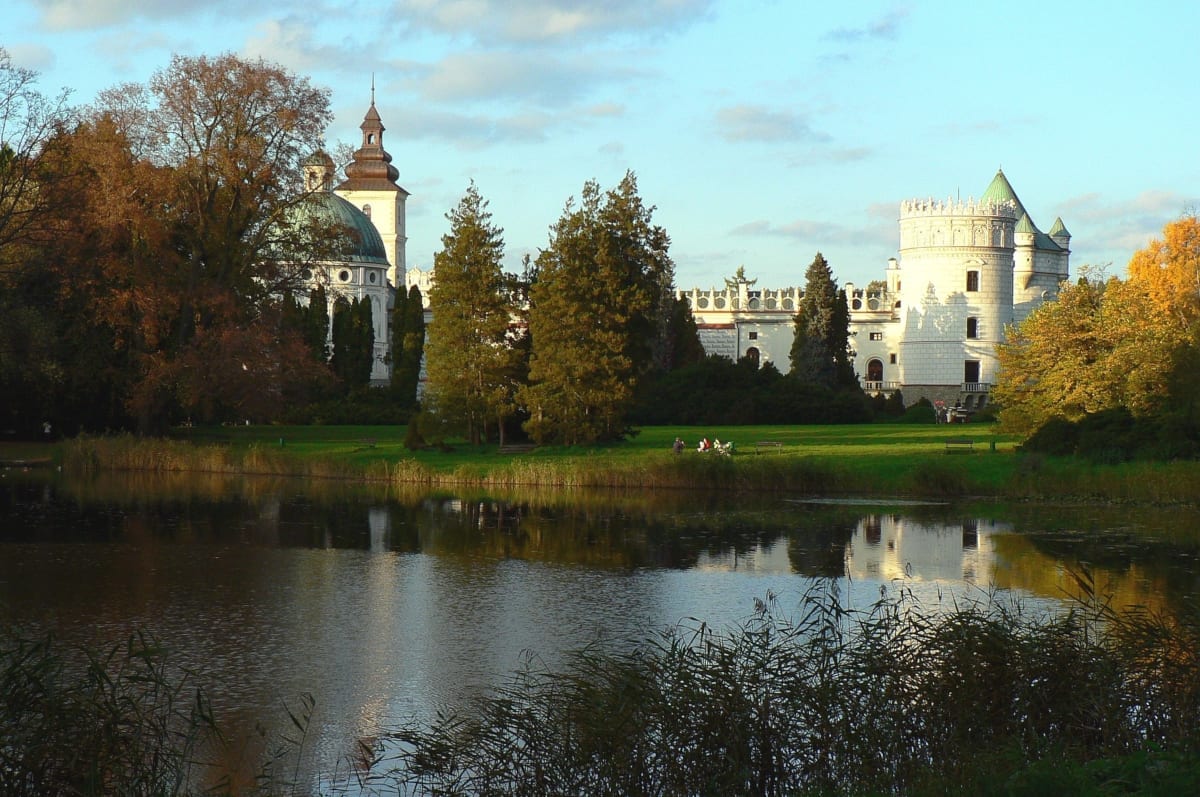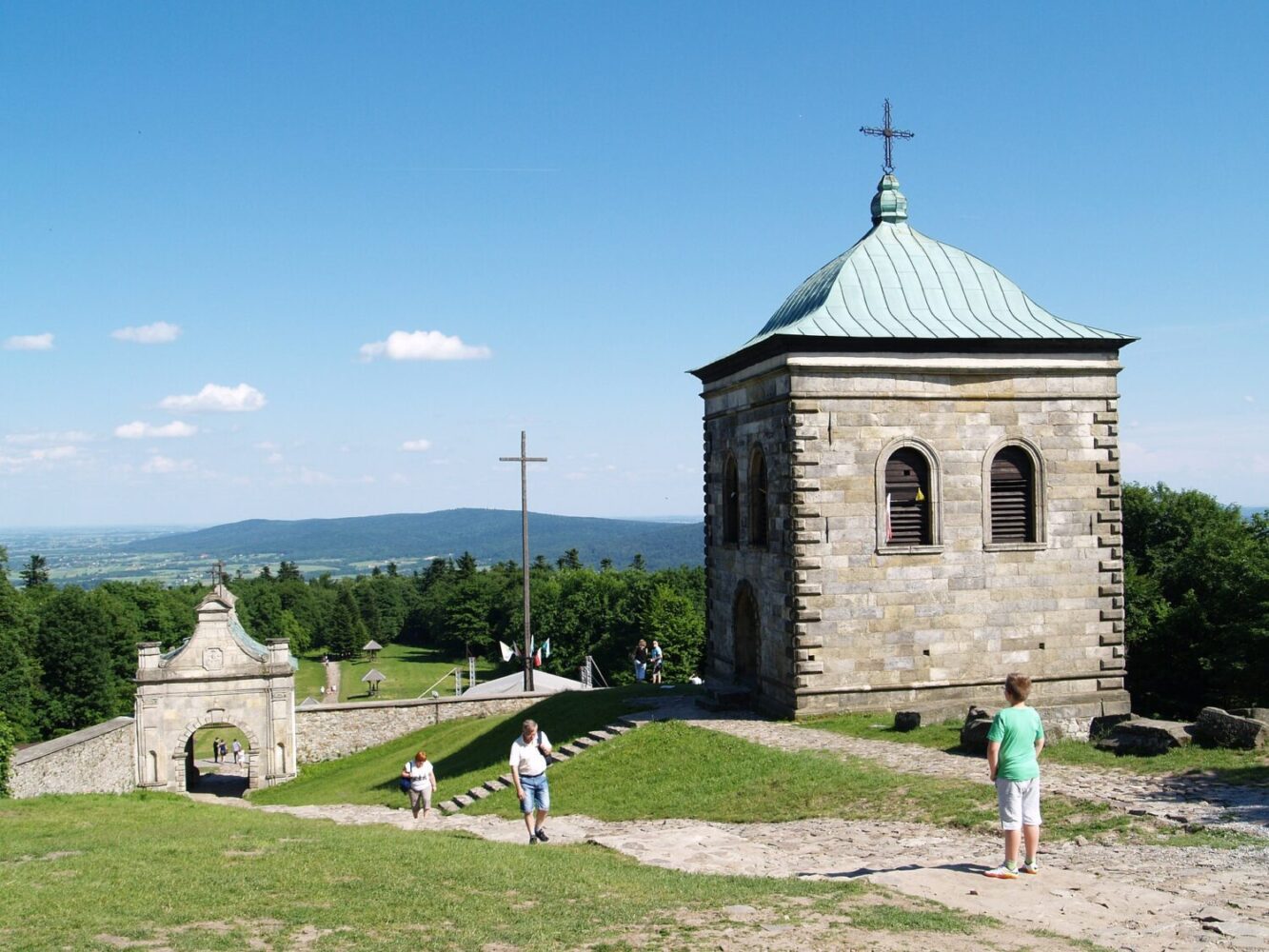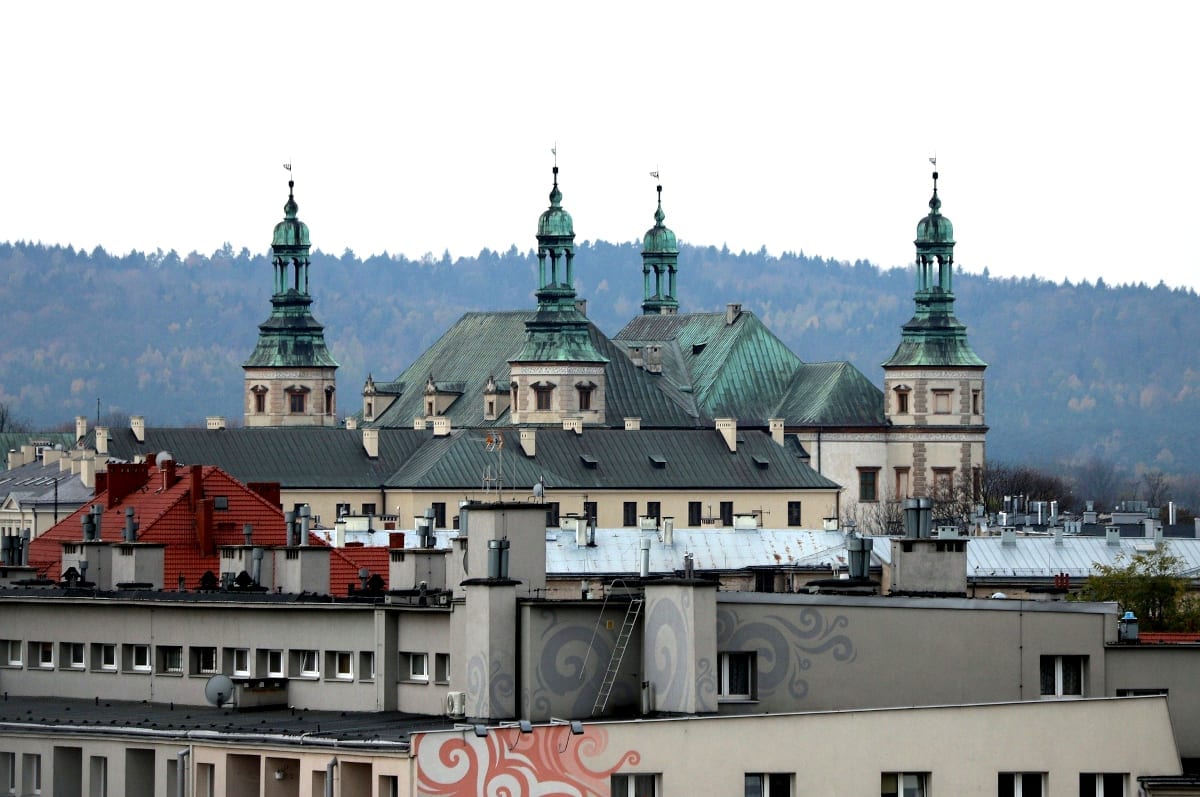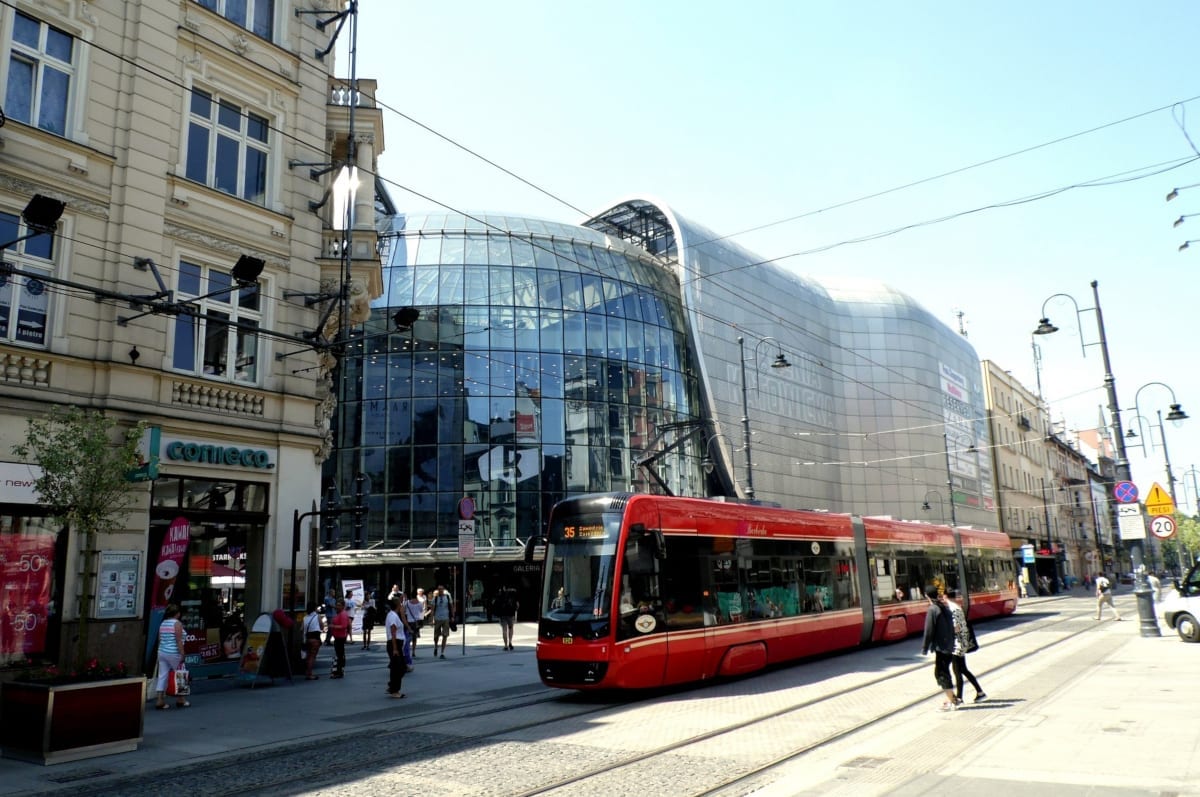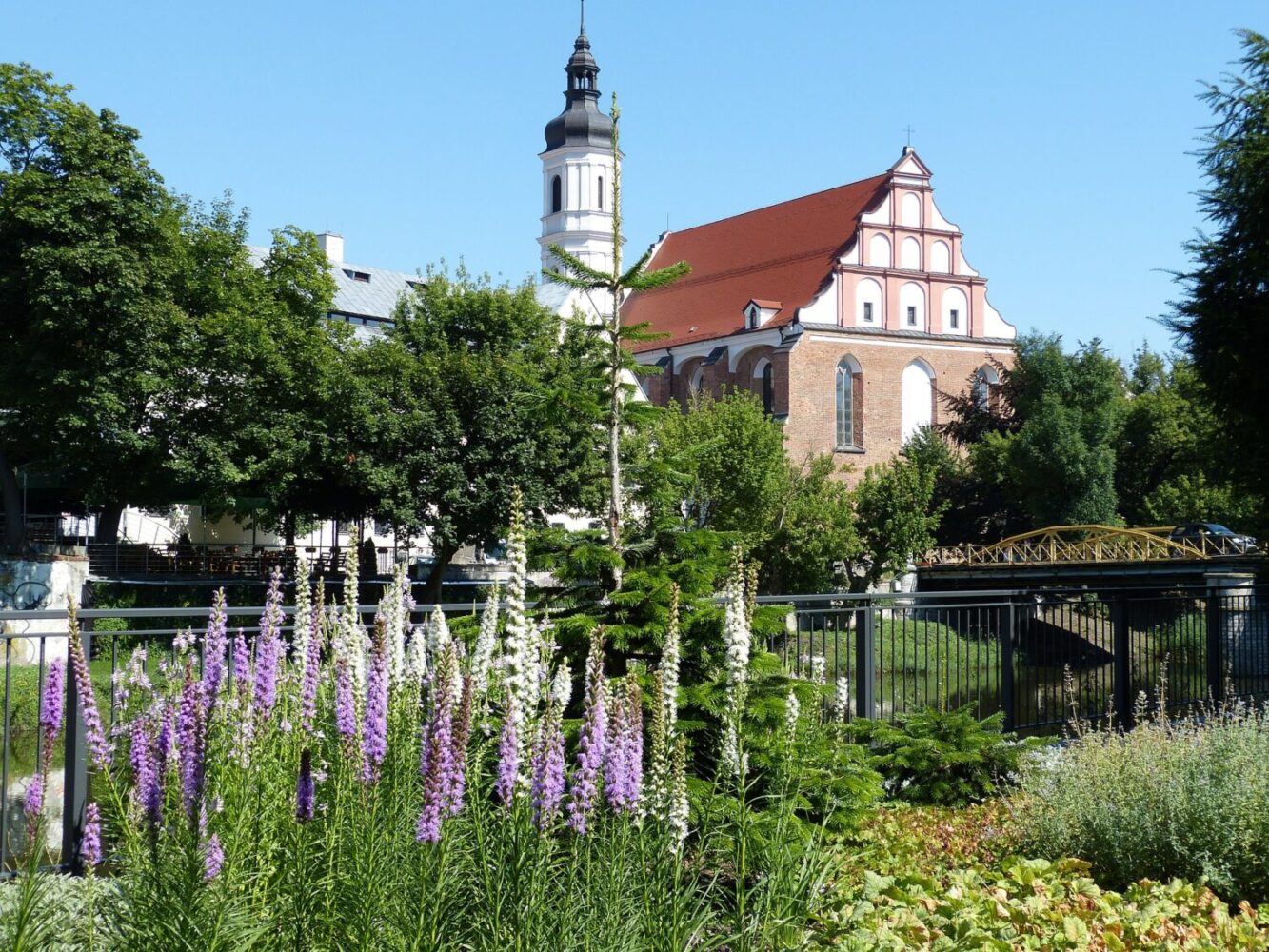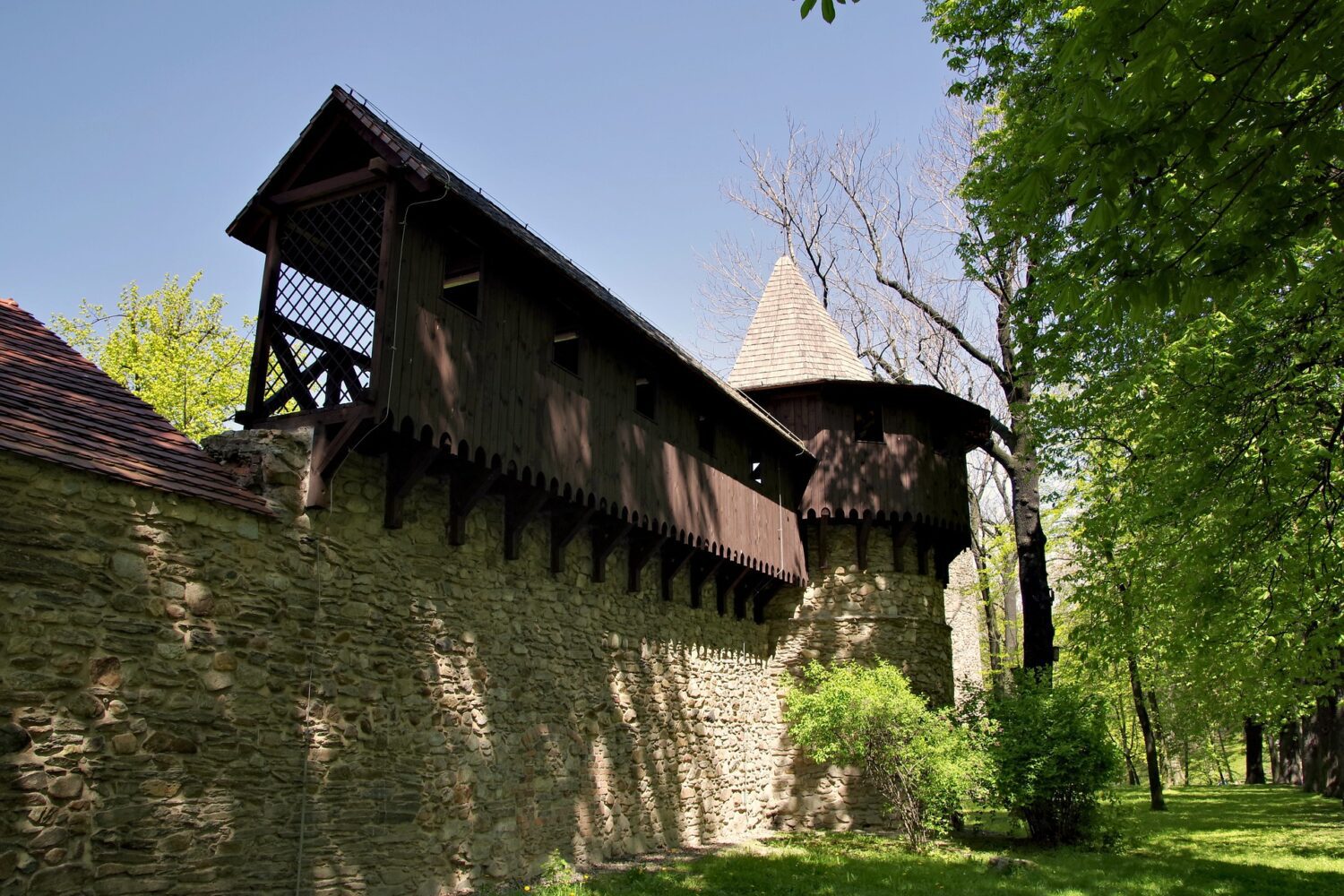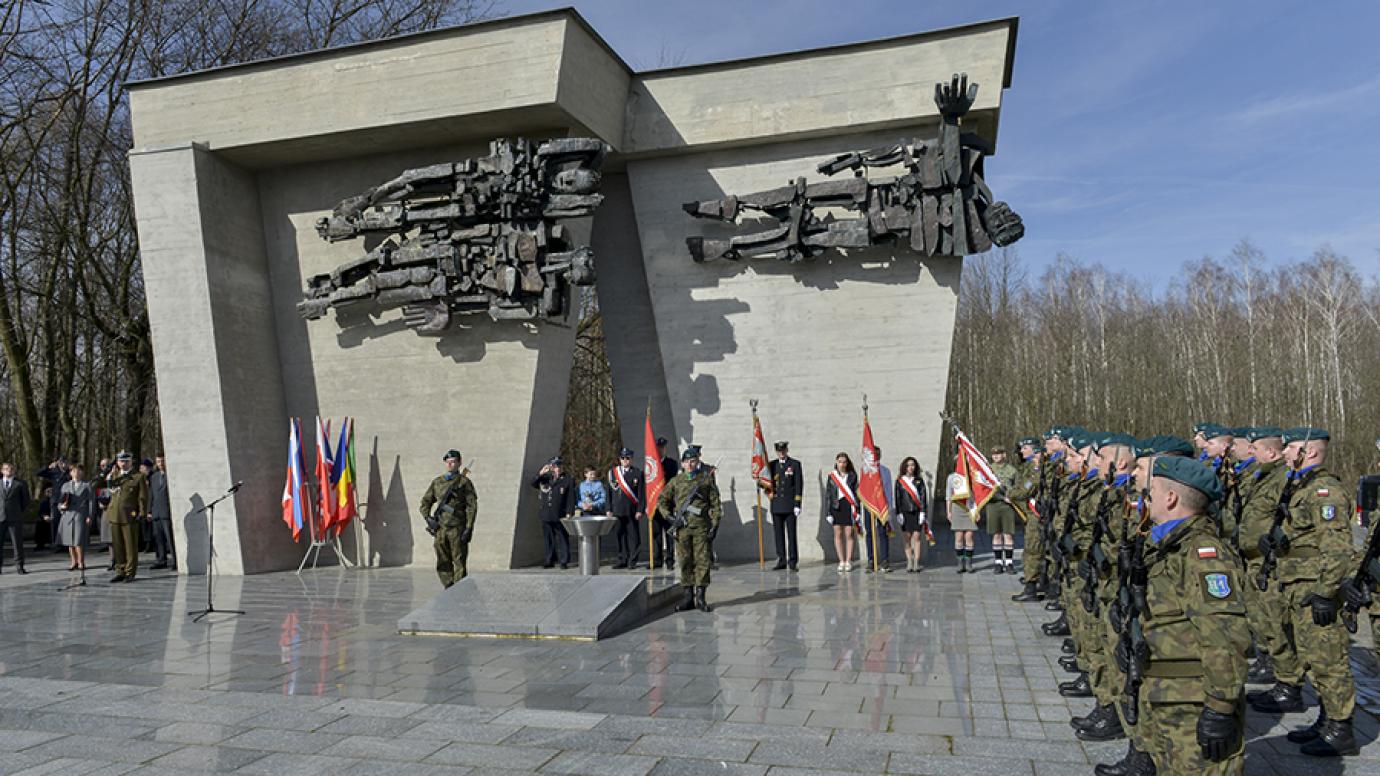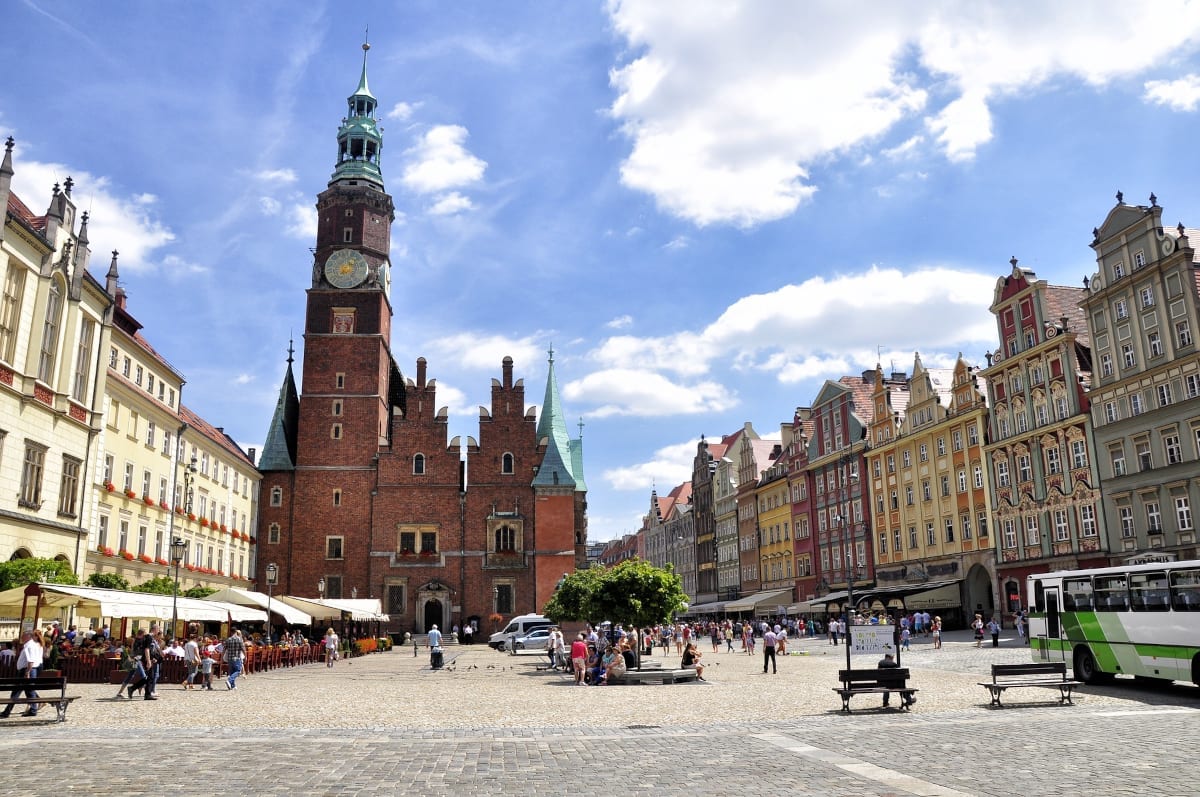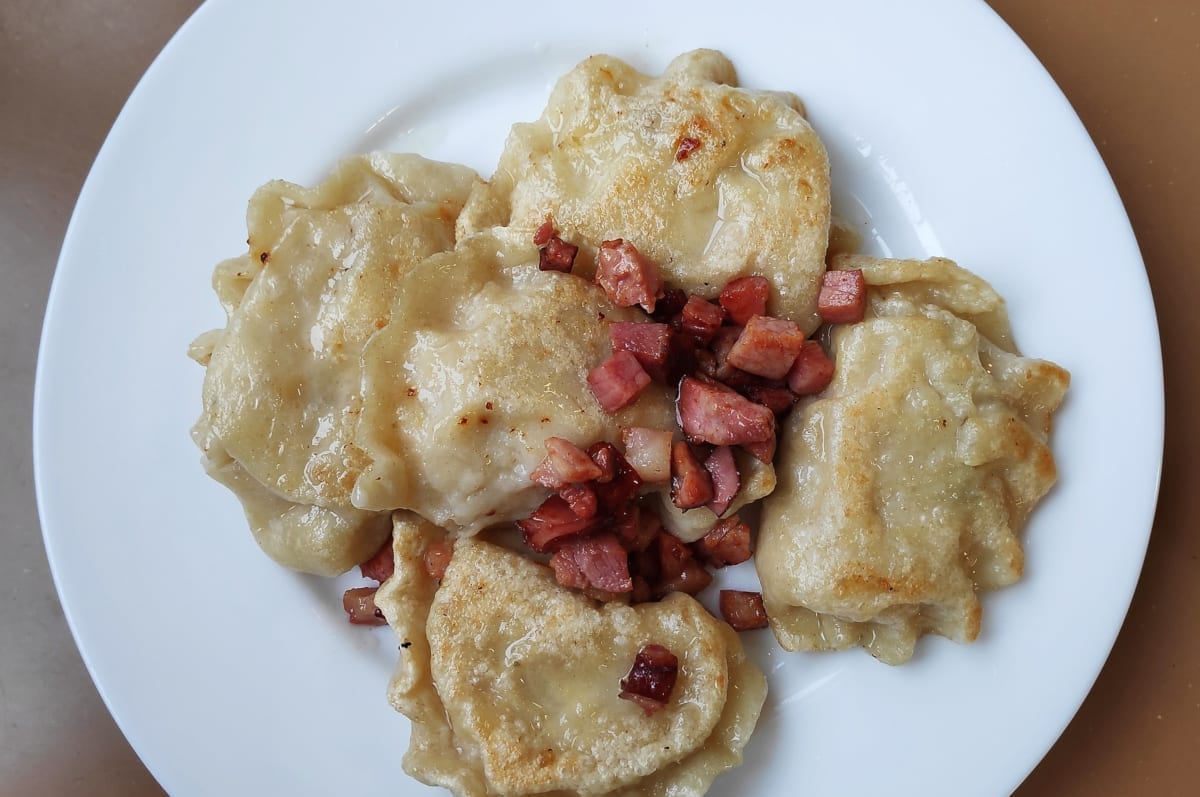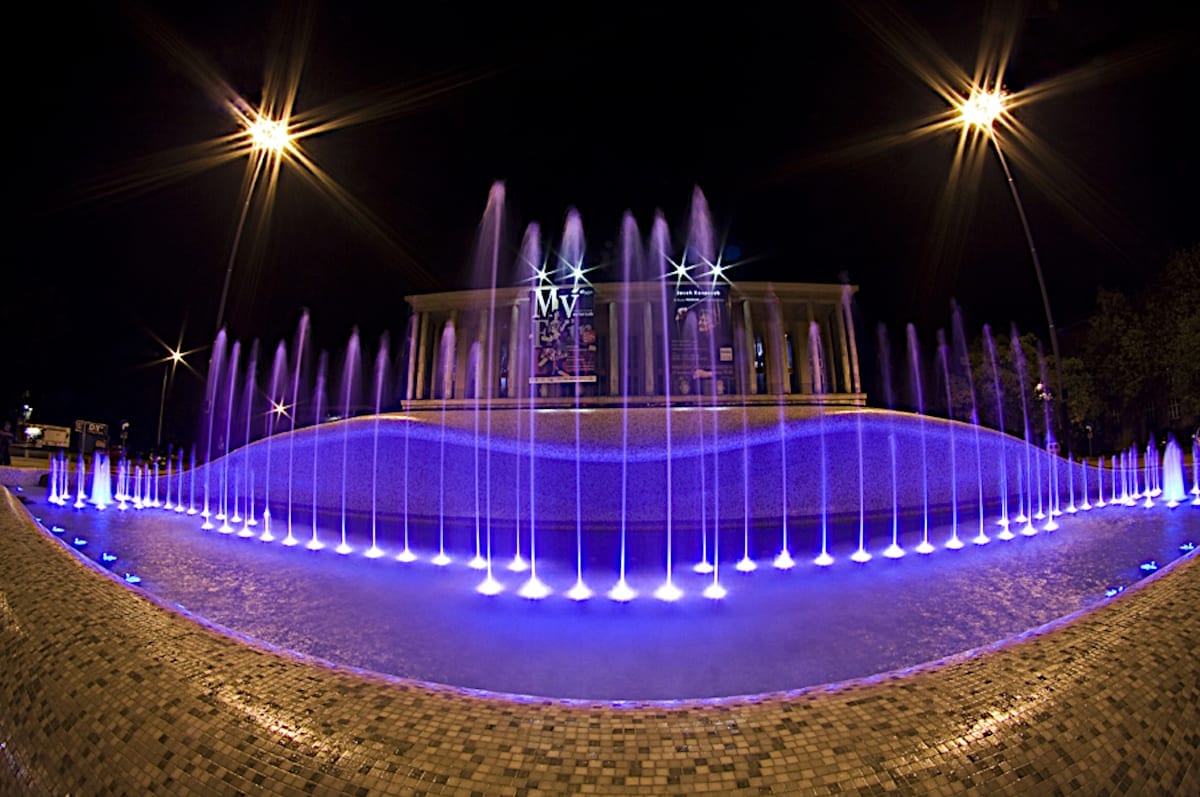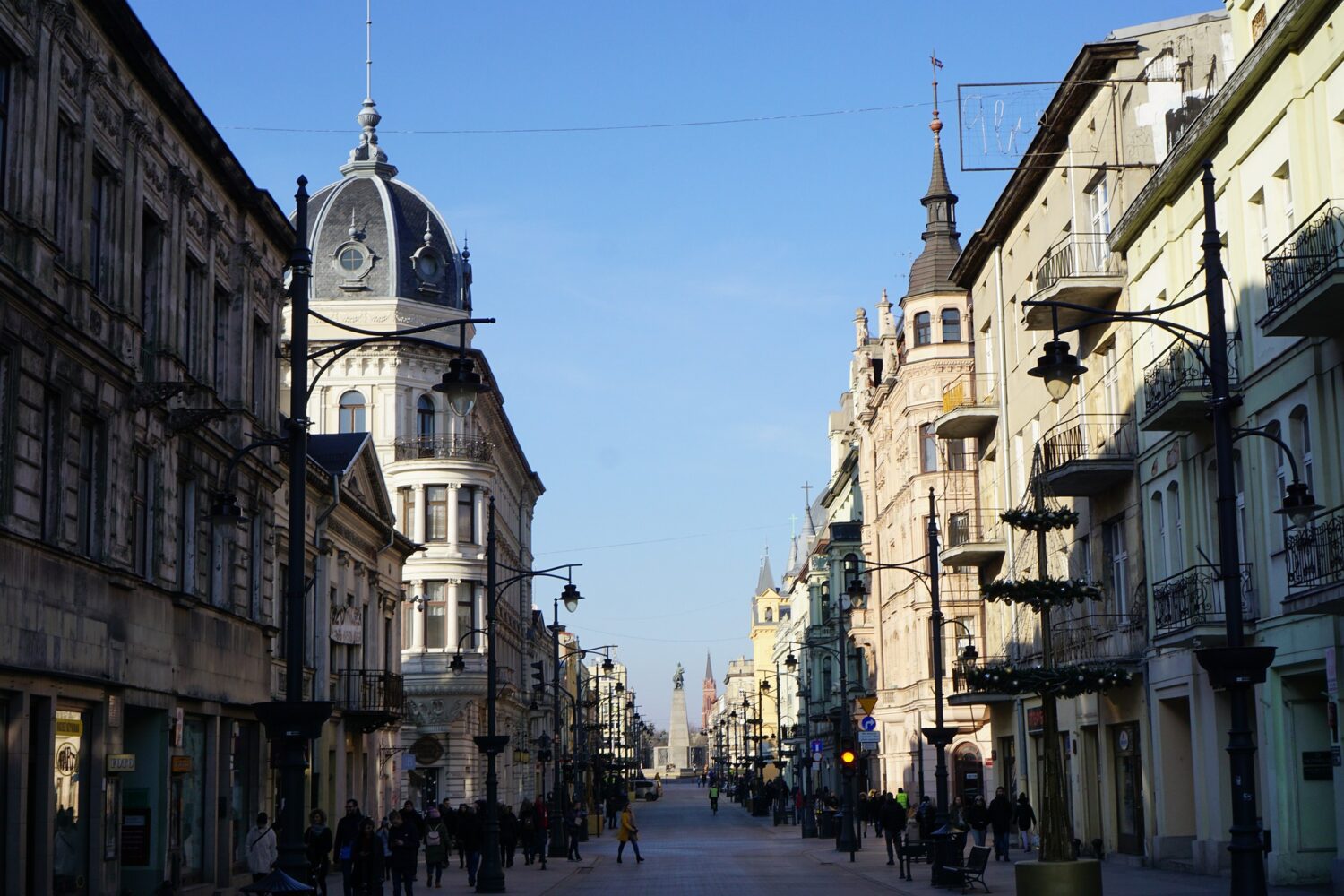Licheń
The Basilica of Our Lady of Licheń
Licheń – updated 12 January 2023.
Licheń is a village in central Poland, located in the Greater Poland Voivodeship. It is known for the Basilica of Our Lady of Licheń, a large Roman Catholic church that is one of the largest in the world and also an important pilgrimage site in the country. The church was built in the mid-19th century and is dedicated to the Virgin Mary. It is renowned for its beautiful architecture and artwork, including frescoes, sculptures, and a large painting of the Virgin Mary.
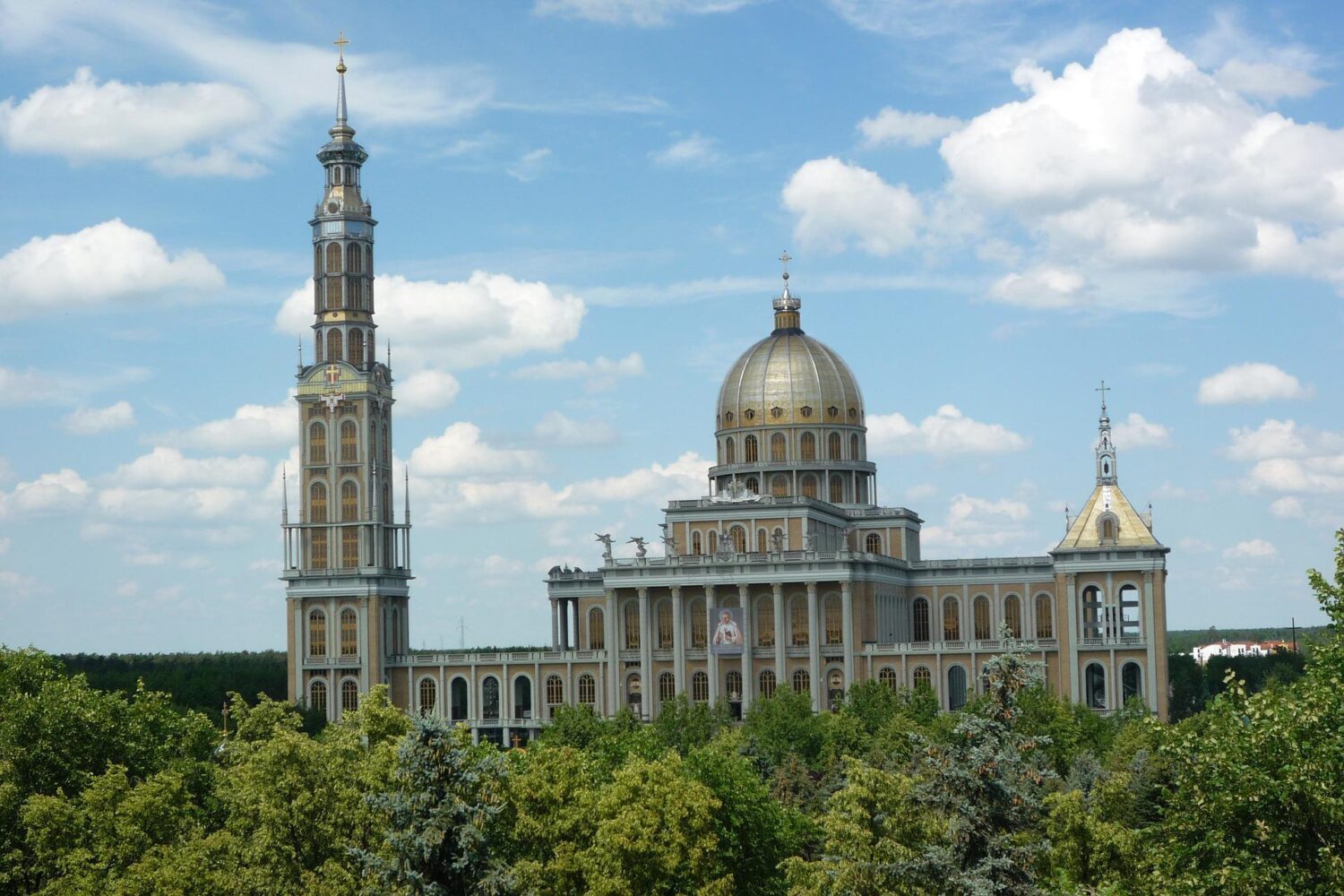
Holy relic
The Basilica is also known for its relic which is a piece of the veil of the Virgin Mary. The relic was brought to Licheń in 1891 by the local priest, who claimed that it had been given to him by an angel. The relic is believed to have miraculous powers and is the main reason for many pilgrimages to Licheń.
Each year, thousands of pilgrims visit Licheń to attend mass, to pray, and to participate in religious ceremonies. The village also has a pilgrimage center which offer accommodation and facilities for the visitors.
7,000 worshippers
The size of the church is staggering, the nave (central part of the church) is 120m long and 77m wide. It has a 98m tall central dome and a 141.5m high tower and is Poland’s largest church and one of the largest church buildings in the world. It has been estimated that the church can house a congregation of 7,000 worshippers.
Virgin Mary
The painting of the Virgin Mary, the Sorrowful Queen of Poland, is displayed on the basilica's main altar. The painting is believed to date back to the 18th century and is said to have been painted by St. Luke the Evangelist.
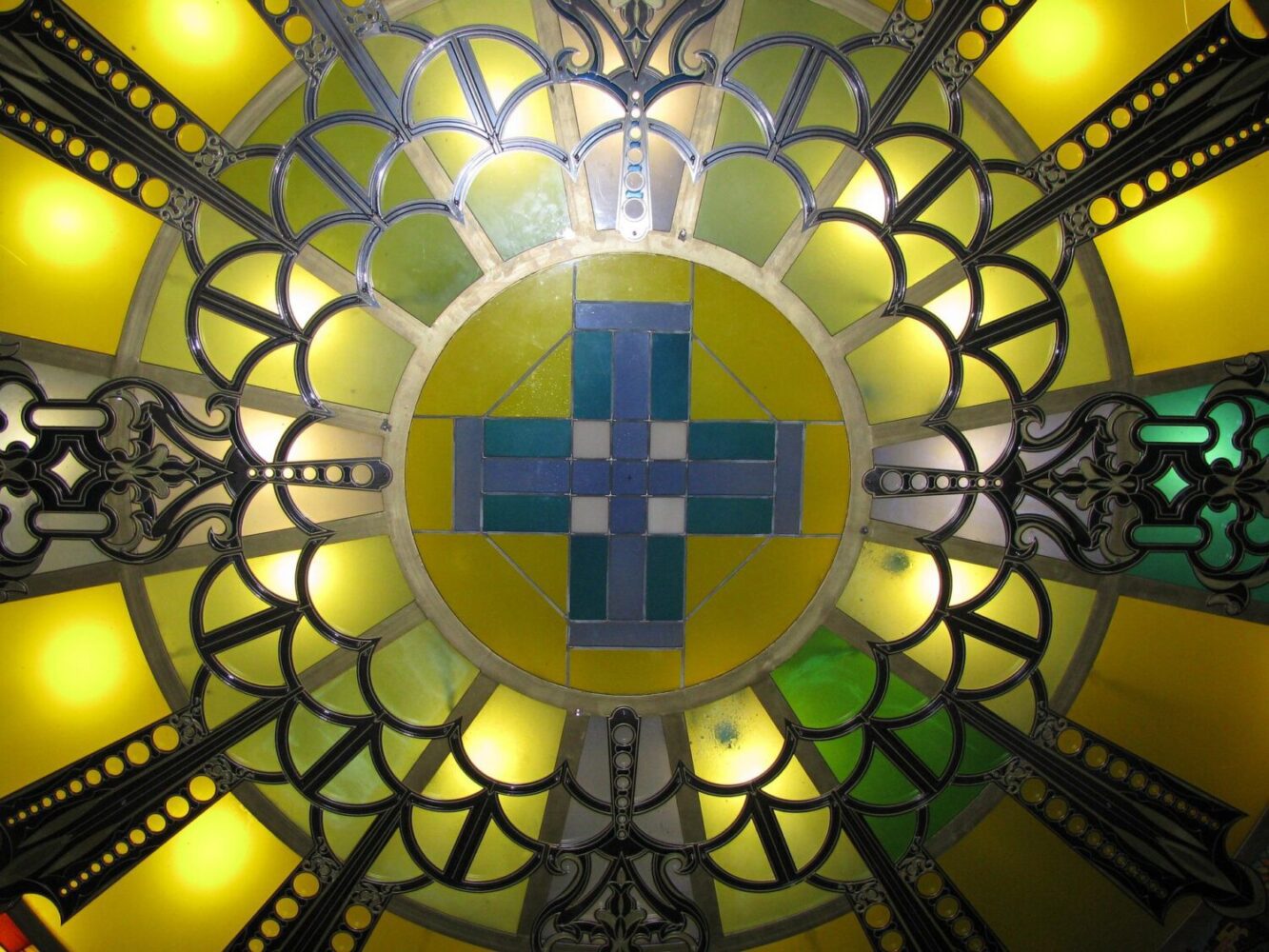
Barbara Bielecka
The Basilica of Our Lady of Licheń was constructed between 1994 and 2004 and was designed by Barbara Bielecka, a Polish Functionalist architect and was funded by pilgrims' donations.
Golden dome
The temple is a five-nave transept cruciform basilica (Latin cross) with a semi-circular chancel. Its façade is headed by an impressive column portico. The whole building is covered with an enormous golden dome, visible from the distance of almost 20km away.
The Basilica of Our Lady of Licheń is also known for its impressive Neo-Baroque architecture and its beautiful interior decorations, including frescoes, mosaics and sculptures.
Tomasz Kłossowski
The history of the foundation of the church can be traced back to 1813. It all started with a Polish soldier named Tomasz Kłossowski who was fighting under Napoleon at the Battle of Leipzig and was seriously wounded.
According to legend, he prayed to the Virgin Mary begging her not to let him die in a foreign land and she appeared to him wearing a golden crown, a dark red gown, with a golden mantle, and holding a white eagle in her right hand.
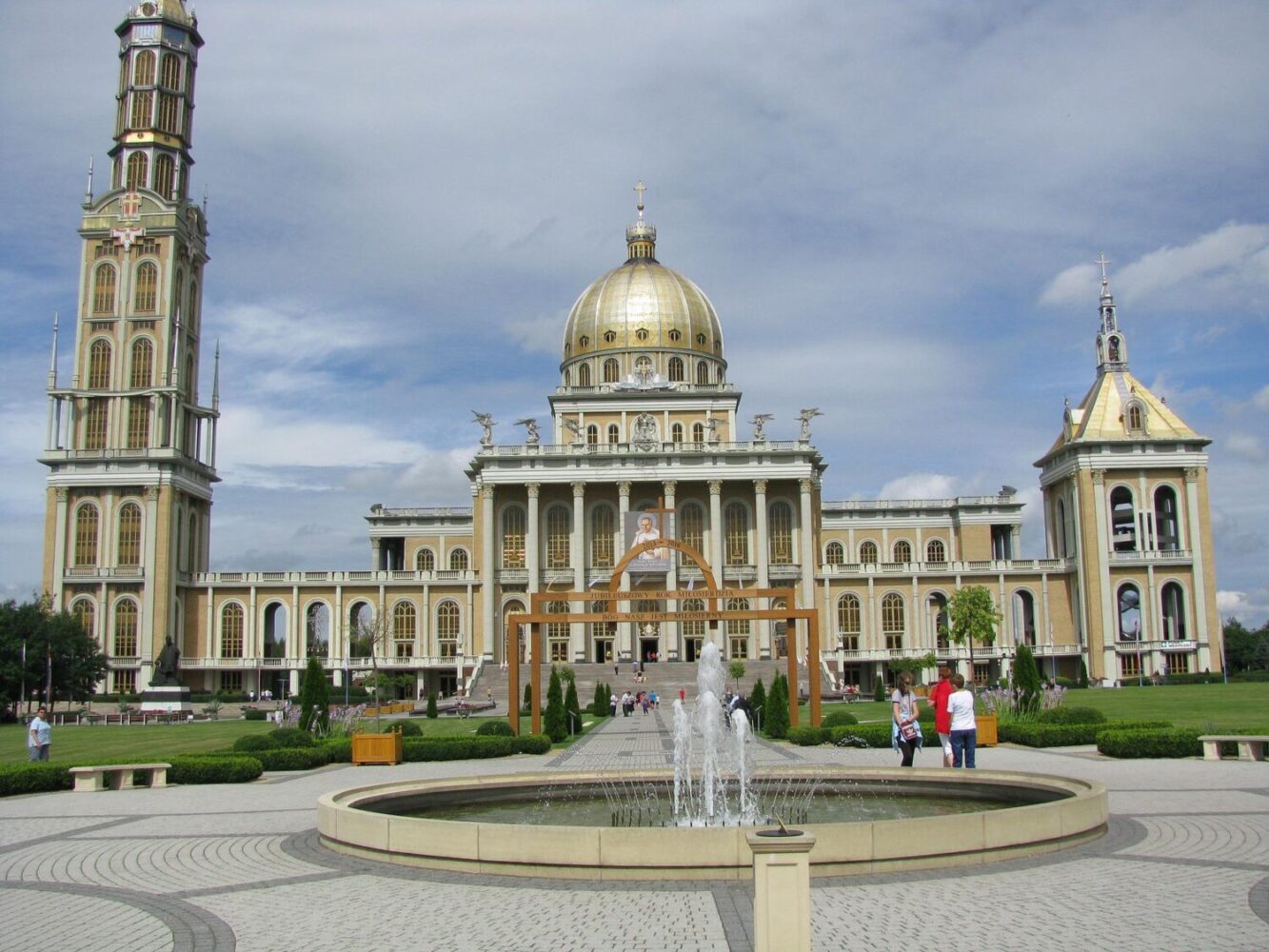
She comforted the soldier and promised he would recover and return to Poland. Tomasz was instructed to have an image of her made, and to place the image in a public place so that “My people will pray before this image and shall draw many graces at My hands in the hardest times of trial.”
Pope John Paul II blessed the Basilica in 1999.
The largest organ in Poland (13th largest in the world) was added to the church between 2002 and 2007.
The village of Licheń is also known for its historic church of Saint Maximilian Kolbe and the new shrine of Divine Mercy.
Religious Tours
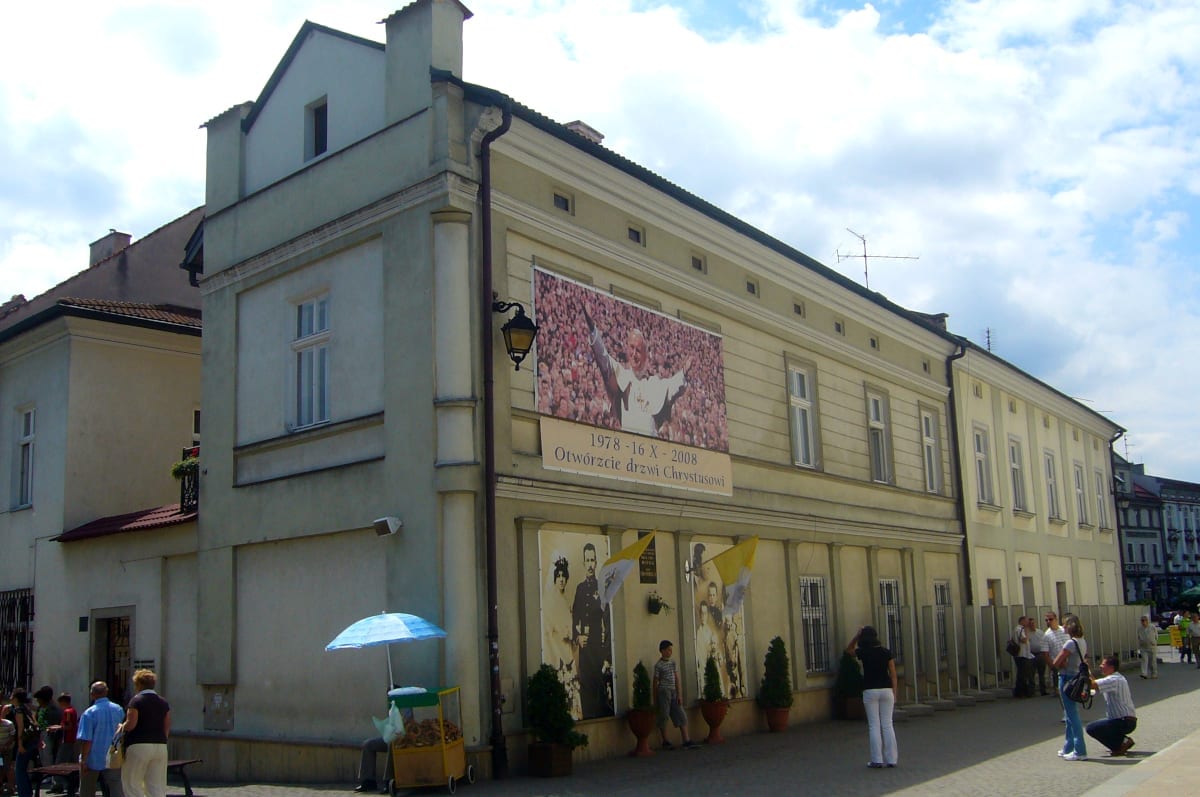
What to expect from this tour
This fascinating tour with a religious context will start from the pick-up from your accommodation in Krakow. At first, you will go to Wadowice, the hometown of The Holy Father John Paul II. Follow in the footsteps of one of the greatest Poles in history.
You will see the secondary school which young Karol Wojtyła attended. Then you will go to the Main Market Square named after John Paul II and visit the parish church. You will admire numerous paintings, chapels and famous baptismal font where future Pope had been baptized. Finally, you will participate in a guided tour at the Family Home Museum of John Paul II available in various languages.
From Wadowice you will go directly to Częstochowa often called the spiritual capital of Poland. Marvel the beauty and mystical atmosphere of Jasna Góra, the famous Polish shrine to the Virgin Mary and one of Poland’s most visited pilgrimage sites. Upon arrival enjoy your time having a lunch break at your own expense. Start your tour at The Monastery guided by venerable Pauline’s Monk. In the end, you will admire the miraculous painting of The Black Madonna of Częstochowa.
